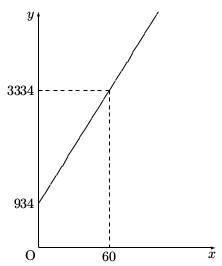The Importance of Rates
페이지 정보
작성자 Angelia 댓글 0건 조회 6회 작성일 25-05-15 23:03본문
At its core, an interest rate is the cost of borrowing money. When you take out a loan from a bank or other financial establishment, you're essentially asking them to lend you money, and in return, you agree to pay back the amount borrowed, plus a little extra known as interest. The interest rate is the percentage of the loan amount that you're required to pay back as interest, and it can vary depending on a number of factors, such as the type of loan, the borrower's creditworthiness, and the lender's risk profile.

There are two main types of interest rates: market rates and real interest rates. Nominal interest rates are the interest rates that you see advertised by banks and other lenders, and they're based on the current market rate. Real interest rates, on the other hand, take into account the rate of inflation, which is the rate at which prices rise over time. For example, if the nominal interest rate on a loan is 5%, but the inflation rate is 3%, the real interest rate would be 2%, because the borrower is essentially paying 2% more than the value of the money they borrowed.
Interest rates have a significant impact on the economy, particularly on the government's ability to finance its spending. When interest rates are low, it's easier for the government to borrow money to fund its outlays, but when interest rates are high, it can become expensive to borrow. This is why central banks, which are responsible for monetary policy, usually aim for a optimal interest rate that neither encourages nor discourages borrowing.
Another important aspect of interest rates is the concept of interest accumulation. Compounding interest occurs when interest is added to the principal amount, so that the interest earned in future periods is calculated based on the new, higher balance. This can lead to a snowball effect, where small amounts of interest earned early on can grow exponentially over time. For example, if you borrow $1,000 at an annual interest rate of 5%, and ソフト闇金スマコンなら即日スピード対応 you don't pay back the loan until the end of the year, you'll owe $1,050. But if you don't pay back the loan for another year, and the interest rate remains 5%, you'll now owe $1,102.50, because the interest earned in the first year has been added to the principal amount.
In conclusion, understanding interest rates is crucial for making informed financial decisions. By grasping how interest rates work and how they impact the economy, you can make smarter decisions about investing, borrowing, and investing. Remember, interest rates are a fundamental aspect of finance, and they have a profound impact on our economic lives.
댓글목록
등록된 댓글이 없습니다.